10 Best Companion Plants for Corn
Grow a larger harvest of fresh corn and keep pests away with these top companion plants for corn.

Bob Stefko
While you can buy fresh corn at the grocery store, store-bought corn can’t hold a candle to a homegrown ear of sweet corn. Corn is a relatively easy plant to grow in home gardens, but it can be tricky to have near other plants because it's a heavy feeder and its height can easily overshadow shorter veggies. However, there are a few companion plants for corn that can grow happily beside tall cornstalks and even keep pest insects away too.
Some of these companion plants are well-known for their ability to repel an assortment of pests, while other plants can enhance the growth of corn crops in other ways. No matter which companion plants you choose, you’ll be able to grow a healthier and more abundant harvest of corn with the help of companion planting.
Winter Squash
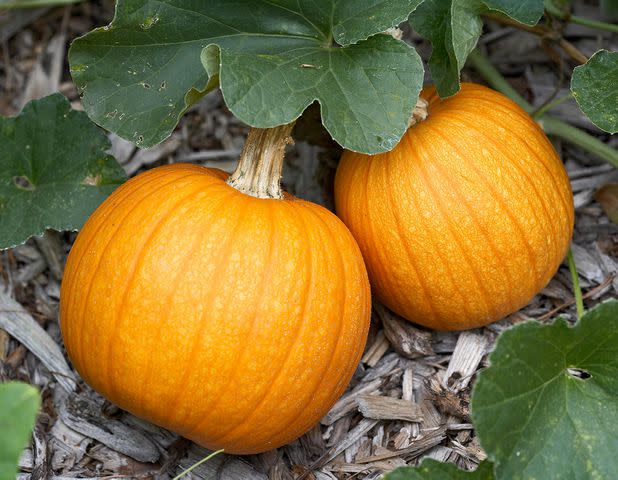
Winter squash is often planted with corn as part of the “Three Sisters” companion planting method, which was first developed by the peoples of the First Nations. In this plant partnership, tall cornstalks provide some shade to lower-growing winter squash. In return, the large leaves of winter squash shield the soil around cornstalks, suppressing weeds and conserving soil moisture so the corn doesn’t need to be watered as often. Even better, winter squash varieties with prickly stems and leaves can also help keep pests like raccoons from invading your corn patch.
Pole Beans
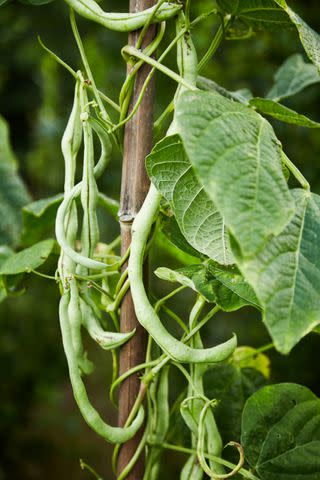
Dana Gallagher
Along with winter squash, pole beans are grown with corn as part of the Three Sisters planting method. In this instance, pole beans fix nitrogen in the soil, which helps corn plants grow faster and better. Pole beans can also use cornstalks as a natural trellis, thereby eliminating the need to install cattle panels or bamboo poles to support climbing bean plants.
Peas
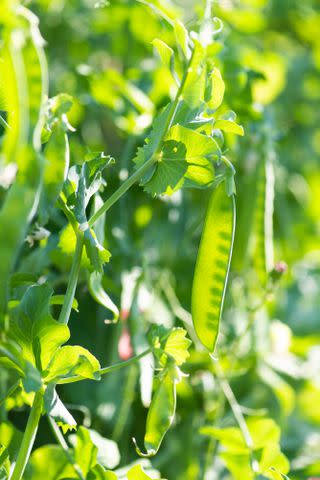
Kindra Clineff
Like pole beans, climbing types of peas can use cornstalks as natural trellises and growing these two plants together can save space in your garden. Additionally, peas also fix nitrogen into the soil, which will boost the growth of corn plants. You can get even more use out of pea plants by tilling them into your garden after they begin to die back or you can plant field peas as a cover crop to enrich the soil before planting corn.
Melons
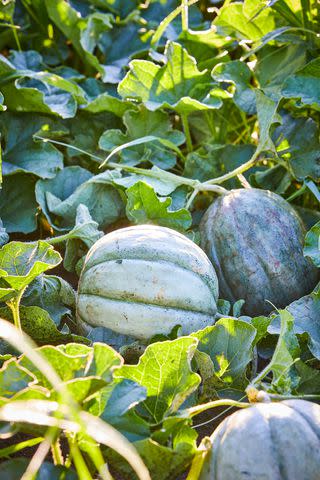
Carson Downing
Melons are another good companion plant for corn as they provide a lot of the same benefits as winter squash. As with winter squash, large melon leaves can shield the soil around corn plants, keeping weeds at bay and slowing evaporation rates so you won’t need to water as much. In exchange, melons will benefit from the shade cast by tall cornstalks. And because both of these plants are heavy feeders, you can often fertilize them at the same time and cut down on your gardening chores.
Marigolds

Marigolds are one of the most commonly used companion plants for a wide variety of edible crops, including corn. This is largely due to the fact that marigolds can repel an assortment of garden pests, including corn earworms and aphids, and marigolds can also attract beneficial insects to your garden that will prey on corn pests.
Anise Hyssop

Deer can be some of the most destructive pests in garden beds and just a few deer can trample a garden or patch of corn to the ground in the span of a single evening. While fencing is the best way to keep deer from invading your veggies, companion planting is a more affordable solution that can help too! Since deer don’t like the scent of anise hyssop, growing this plant near your corn or as a border around your vegetable bed may keep deer from browsing in your garden.
Mint
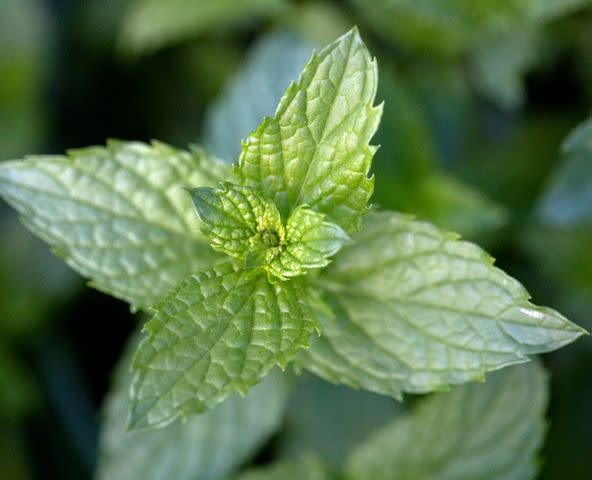
Like anise hyssop, mint is a strongly scented herb that can repel a number of corn pests, including aphids and deer. Additionally, if mint is allowed to flower, it will draw predatory insects and pollinators to your garden that will also prey on vegetable pests. However, mint grows vigorously and can become invasive in some areas, so you may want to keep your mint plants in pots and place the pots throughout your garden beds to keep pests out.
Sunflowers
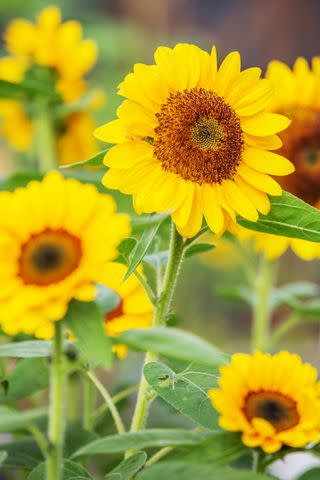
Bob Stefko
Keeping corn in vegetable beds can be tricky because corn grows so tall and it easily overshadows lower growing plants. But most sunflowers grow as tall as corn (or even taller!), so you won’t need to worry about these plants outcompeting each other if you grow them as companions. In smaller garden spaces, you can use dwarf sunflower plants as a border around corn patches to draw in beneficial insects that will keep corn pests in check.
Radishes

Blaine Moats
Growing radishes among corn plants is an easy way to put empty soil to good use and get more food out of your garden. Radishes are rapid growers and they can reach maturity much faster than corn plants. So, if you plant radishes around corn, you can usually harvest a crop or two before your corn gets tall enough to block out the light from your radishes. What’s more, if you allow radish plants to flower, they can act as a trap crop and repel corn pests, including flea beetles and corn borers.
Nasturtiums

As with marigolds, nasturtiums are one of the best companion plants to grow for natural pest control as they will help shelter corn from a wide variety of pests. Among other pests, nasturtiums can keep the populations of aphids, whiteflies, and flea beetles in check and they will also draw beneficial insects to your yard. Not to mention, nasturtiums are striking edible plants and growing them near your corn will add a pretty pop of color.
For more Better Homes & Gardens news, make sure to sign up for our newsletter!
Read the original article on Better Homes & Gardens.

